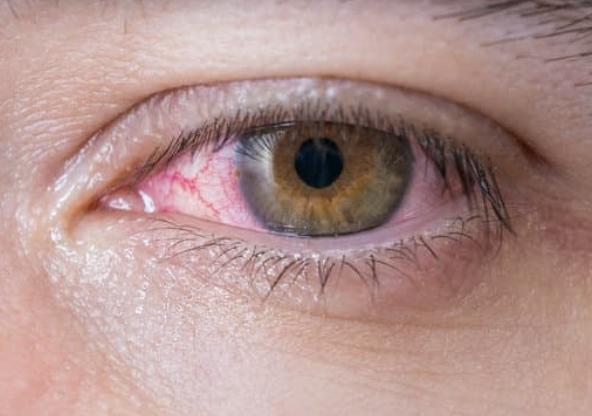Red eyes refer to the red-colored staining of the white portion of the eye known as the sclera. It may occur due to the variations in blood vessels that supply the membrane covering the front of the eye called conjunctiva. Other causes of red eyes may include bacterial infection, inflammation due to foreign objects, allergies, or glaucoma.
Tips for managing red eyes in older people
Mild compression
Place a cloth or soft towel on the eyes but keep the water temperature regular as the eyes are sensitive and excessive heat can damage the eyes, so make sure to place the cloth dipped in lukewarm water. Place the fabric for ten minutes. It can help reduce redness in the eyes. Moreover, heat aids in enhancing the blood flow to the area of redness and improve oil production on the eyelids. This aids the eyes in creating lubrication, decreasing the redness of the eyes.
Artificial tears
Artificial tears lubricate the red eyes, decreasing irritation and dryness. That’s why they are often recommended for older adults experiencing itchy and red eyes.
Hand Hygiene
Avoiding excessive contact of hands with the red eyes is also an essential step in their management because excessive rubbing and contact with hands can increase the risk of secondary infection. Why? Because red eyes may already have an underlying inflammatory process, their exposure to microorganisms can result in an eye infection.
Antihistamine and steroid drops
Antihistamine eye drops are usually recommended to avoid eye itching and reduce redness, especially if they are prone to seasonal allergies. Similarly, steroid eye drops decrease the amount of local inflammatory chemicals in the eyes, reducing redness.
Room humidifier
Place a humidifier in the elders’ room to avoid dryness that worsens the eyes’ redness and causes itching. Humidity aids in reducing dryness and managing eye redness in elders.
Antibiotic drops
Sometimes, if there’s an ongoing eye infection, a physician may prescribe antibiotic drops, such as Moxifloxacin, Ciprofloxacin, and Chloramphenicol eye drops. These drops can help recover the red eyes from infections.
Avoid contact lenses
It is also recommended to avoid using contact lenses in case of red eyes because eyes may perceive contact lenses as foreign objects, resulting in increased redness and irritation.
Conclusion
Red eyes may occur in response to foreign bodies, glaucoma, eye infections, or excessive rubbing. Fortunately, some tips, such as the following, can help manage this condition. Mild compression can help improve blood flow, and artificial tears keep the eyes lubricated. Similarly, antihistamine or steroid eye drops can reduce inflammation and help recover the eyes from infections. Furthermore, a physician may prescribe antibiotic eye drops if an eye infection is suspected. However, avoiding wearing contact lenses while having red eyes is essential because it can exacerbate the condition.

